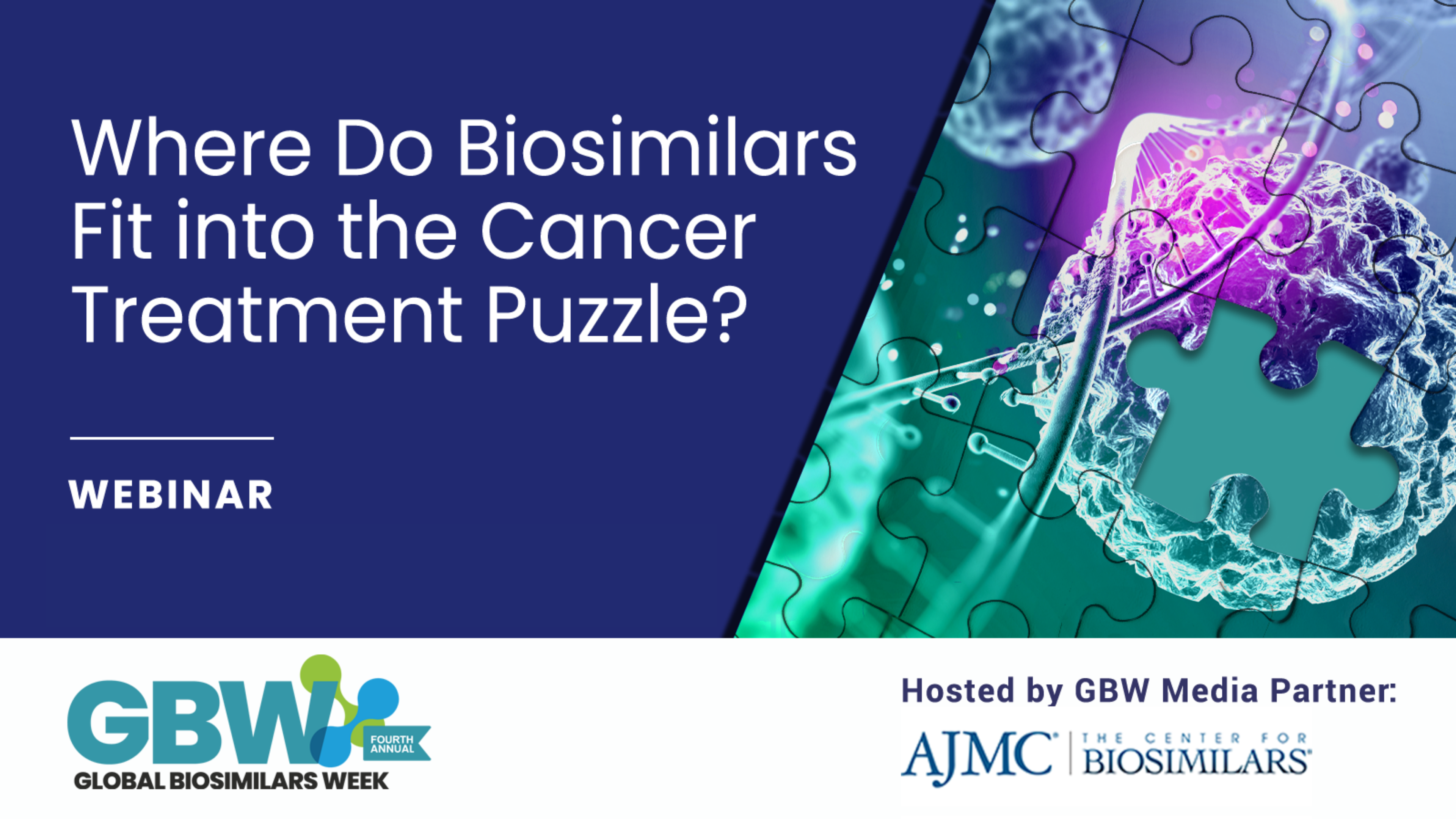- Bone Health
- Immunology
- Hematology
- Respiratory
- Dermatology
- Diabetes
- Gastroenterology
- Neurology
- Oncology
- Ophthalmology
- Rare Disease
- Rheumatology
The BPCIA and the Naming of Biosimilars
Hope S. Rugo, MD: The whole concept of generics and having a patent run out on an agent is, of course, old. Once a patent runs out and the company no longer owns single rights to a drug, any company anywhere could make the same chemical. They can show that it’s reasonably pure and doesn’t cause problems in animals and can put it on a shelf and market it. That can happen all over the world, and it’s a huge market.
But when biologics became a part of successful treatment for rheumatologic diseases and cancer, the whole concept that came about was, how could we ever have a generic for a biologic? It’s not a simple chemical, so you could never do anything that was a generic. That’s where the whole concept of biosimilars came into play.
The Biologics Price Competition and Innovation Act tried to address the idea that we have a lot of innovative products. The patent life will eventually expire on these drugs, although that’s a whole other area of controversy—in regard to what defines the patent’s life. When that patent life runs out, how will there ever be any competition unless people have a path to develop agents that are biosimilar? In other words, similar to a biologic agent.
That would result in competition and price lowering and more accessibility throughout the world. This is really important. And so, that was actually developed as an act and was put into law—that you could have these biologic similar agents and have competitive pricing, etc. A lot of organizations, including the United States FDA, European Medicines Agency, and World Health Organization, have a great interest in these biosimilar products, because competition with pricing is really important in order to expand the accessibility of potentially lifesaving agents around the world. That’s what really led to the act and sort of paved the way for the beginning of the field of biosimilars, now some time ago.
Cornelius F. Waller, MD: Each extra substance being developed is being issued a so-called INN [international nonproprietary name] by the World Health Organization. In 2015, the FDA suggested a naming procedure where this INN—for example, for filgrastim—would be followed by 4 lowercase letters, which could be introduced or suggested by the manufacturer. Then the FDA would choose, out of several suggestions, the naming for this particular compound.
This is an important issue, with regard to safety of the patients and pharmacovigilance. If a patient experiences adverse effects during the course of treatment, it is possible to know what kind of compound this particular patient has received. Physicians have to monitor the therapy and then, if such adverse events occur, report them to regulatory agencies. This makes it possible to see, after marketing of the product, whether there are any safety issues. In this regard, this unique naming helps a lot.
For example, if filgrastim was produced by Sandoz, it was named filgrastim-sndz. I suppose this is because of the producer of the drug, but there’s not necessarily a meaning out of these 4 letters.
BioRationality: Commemorating the 15th Anniversary of the BPCIA
April 8th 2025Affirming that analytical characterization is often sufficient for biosimilar approval, minimizing unnecessary clinical testing, and enhancing FDA-led education to counter stakeholder misconceptions are key recommendations put forth in this opinion piece by Sarfaraz K. Niazi, PhD.
Biosimilars Development Roundup for October 2024—Podcast Edition
November 3rd 2024On this episode of Not So Different, we discuss the GRx+Biosims conference, which included discussions on data transparency, artificial intelligence (AI), and collaboration to enhance the global supply chain for biosimilars and generic drugs, as well as the evolving requirements for biosimilar devices.
BioRationality: How Developers Can Expand Their Monoclonal Antibody Biosimilar Portfolio
March 24th 2025Monoclonal antibodies lead biosimilar approvals because of their large market size, well-defined regulatory pathways, and technological feasibility, whereas other biologics encounter development challenges but may see increased adoption as regulatory frameworks advance.
Exploring the Biosimilar Horizon: Julie Reed's Predictions for 2024
February 18th 2024On this episode of Not So Different, Julie Reed, executive director of the Biosimilars Forum, returns to discuss her predictions for the biosimilar industry for 2024 and beyond as well as the impact that the Forum's 4 new members will have on the organization's mission.
From Amjevita to Zarxio: A Decade of US Biosimilar Approvals
March 6th 2025Since the FDA’s groundbreaking approval of Zarxio in 2015, the US biosimilars market has surged to 67 approvals across 18 originators—though the journey has been anything but smooth, with adoption facing hurdles along the way.










